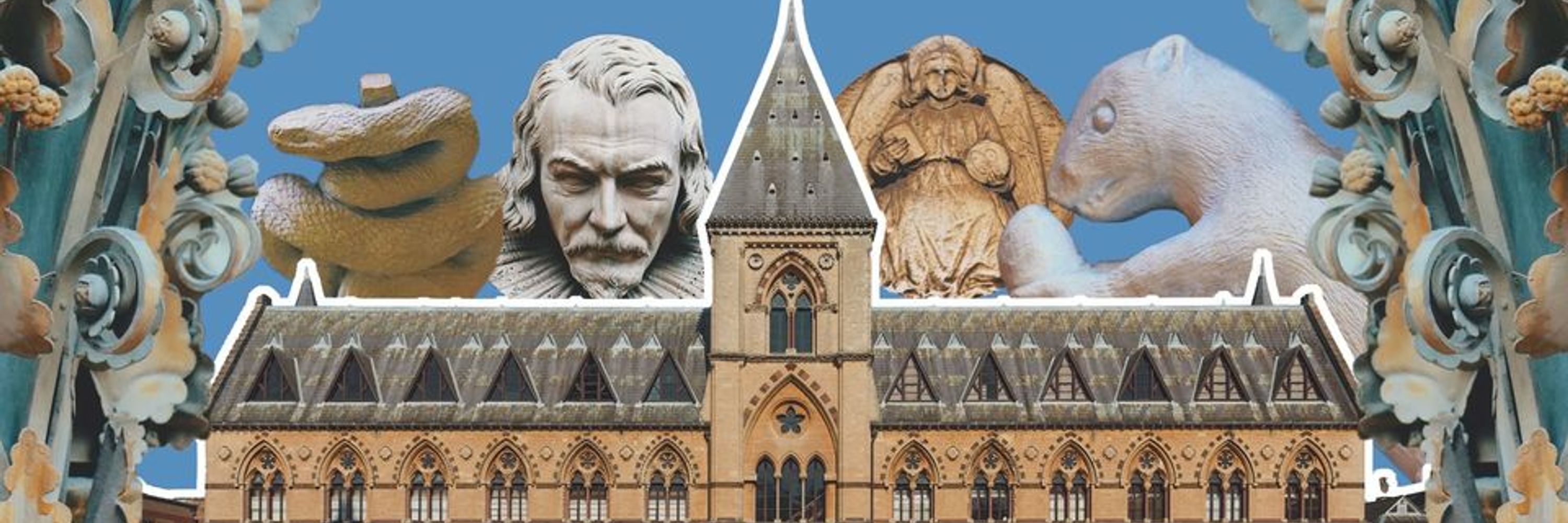Oxford University Museum of Natural History
@morethanadodo.bsky.social
6.6K followers
46 following
260 posts
A stunning Victorian building home to 7 million objects. Free entry, open 10-5 every day.
Posts
Media
Videos
Starter Packs
Pinned
Reposted by Oxford University Museum of Natural History
Reposted by Oxford University Museum of Natural History
Reposted by Oxford University Museum of Natural History
























